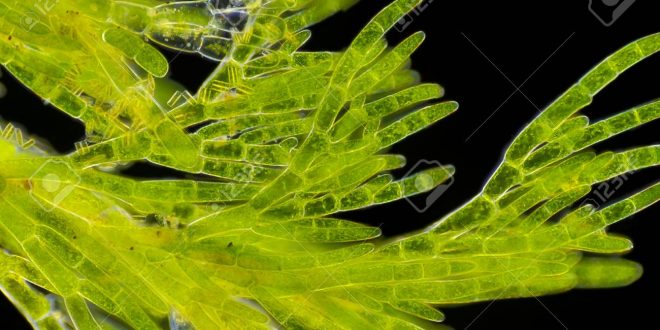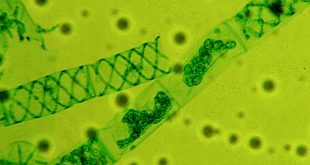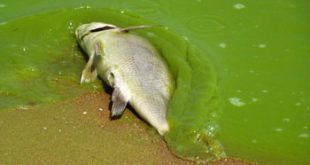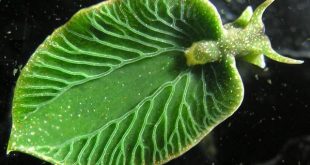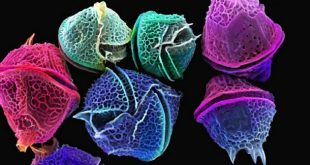(Hello..readers, Evolution of Green Algae has three articles based on its three trends. All of these articles start and end with same paragraphs. If you want to avoid these intros, directly migrate to the point “Tetrasporine line of evolution” which is after the second horizontal line).
Evolution of Green Algae: Volvocine trend
Evolution of Green Algae: Chlorococcine Trend
Evolution of Green Algae
Best safe and secure cloud storage with password protection
Get Envato Elements, Prime Video, Hotstar and Netflix For Free
Best Money Earning Website 100$ Day
#1 Top ranking article submission website
Since its conceptualization, evolution has been furnishing the biological science with some interesting insights. It has altered the way how in the past science folks used to perceive the development of themselves and others and considered every species unique without a palpable link in between them. However in later periods through evidences, science has made us accept that we were wrong and evolution is quite obvious.
Today we are going to study on the evolutionary trend of a small aquatic group of organisms known as algae, mainly the green ones. But in the beginning we need to mention a problem which actually made it difficult for the pioneered evolutionary algologists to find the correct strategy for the study of algal evolution.
which is…….
As the fossil materials, a very important source of study of evolution are scarce for prehistoric algal members, the evolutionist relied on morphological and reproductive features and development of algae in a sequence to derive the correct evolutionary line. So, the trends are not based on fossil study but some characteristics.
Good to know:
- Green algae are important from the evolutionary point mainly because it is believed that land plants evolved from them.
Evolutionary trend in algae
Blackman (1900) has derived three lines of evolution in algae. He published details about them in a world-class journal named ‘Atlas of Botany’. The lines/series/pathways/trends are:
- Volvocine line.
- Tetrasporine line.
- Chlorococcine line (siphonous).
Each line contains definite number of algae which are arranged in a primitive to advanced fashion. And in all of these three lines, the primitive ones are derived from ancestral unicellular motile algae called Chlamydomonas (Fritsch 1935; Chapman and Chapman 1973).
Short description of each line
Volvocine line: The volvocine pathway represents a series in which the motile unicells divided, retained their flagella and thus motility, and got enveloped in the mucilage to form motile colonies of the genera such as Pandorina, Eudorina and ultimately Volvox.
The volvocine line developed into Volvocales.
Tetrasporine line: The tetrasporine pathway represents a series in which the motile unicells divided but lost their flagella and thus became non motile groups.
The tetrasporine line developed into Tetrasporales.
Chlorococcine line: In the chlorococcine line, however, the ancestral parents both lost their motility as well as their ability to divide.
The chlorococcine pathway developed into Chlorococcales.
Tetrasporine line of evolution
The Tetrasporine line of evolution is the second type of evolutionary trend in green algae (Chlorophyta). Here the line starts with Tetraspora which is originated from Chlamydomonas (Chlamydomonas → Pandorina → Paulschulzia → Apiocystis → Tetraspora).
In a nutshell: (will be important in the next part)
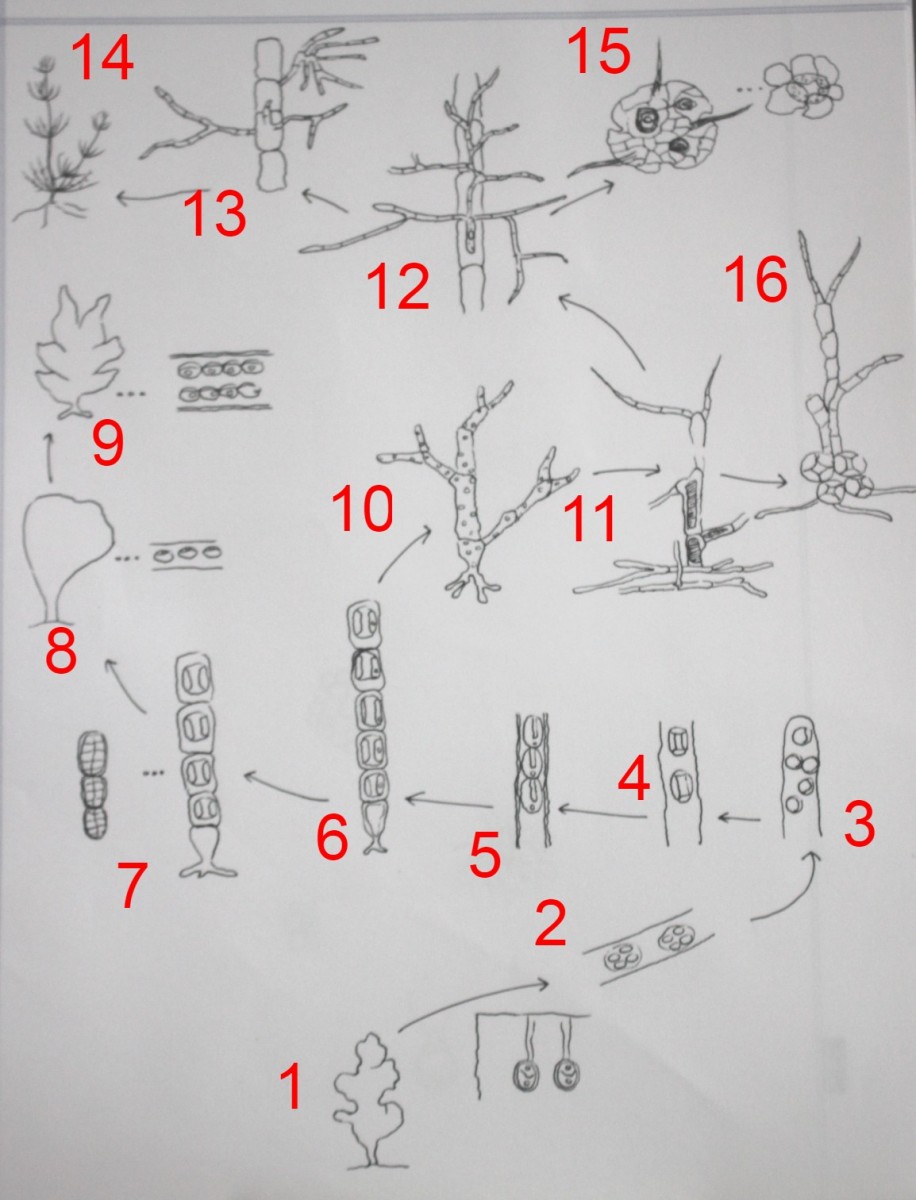
Tetraspora → Palmella miniata → Palmodictyon → Geminella interrupta → Geminella minor → Ulothrix (1-6)
Ulothrix → Schizomeris → Monostroma → Ulva rigida (6-9)
Ulothrix → Cladophora → Stigeoclonium (6, 10, 11)
Stigeoclonium → Draparnaldia → Drapaenaldiopsis → Chara (11-14)
Stigeoclonium → Choleochaeta (11, 15)
Stigeoclonium → Fritschiella (11, 16)
- The first line produces Ulothrix from Tetraspora via producing many other algae as mentioned.
- Ulothrix produces Ulva rigida in the second line and Stigeoclonium in the third line.
- Stigeoclonium produces Chara, Colechaera and Fritschiella in three different lines.
Now, each alga of this trend is discussed with some features so that the students can easily follow why the algologists have put one organism after another. Remember the first alga to come is the primitive one and the next one is more advanced one. And thus the succession continues.
Note that the succession is based on the morphological and reproductive characters, not on fossil study.
(Tetraspora to Ulothrix)
Tetraspora → Palmella miniata → Palmodictyon → Geminella interrupta → Geminella minor → Ulothrix
Tetraspora
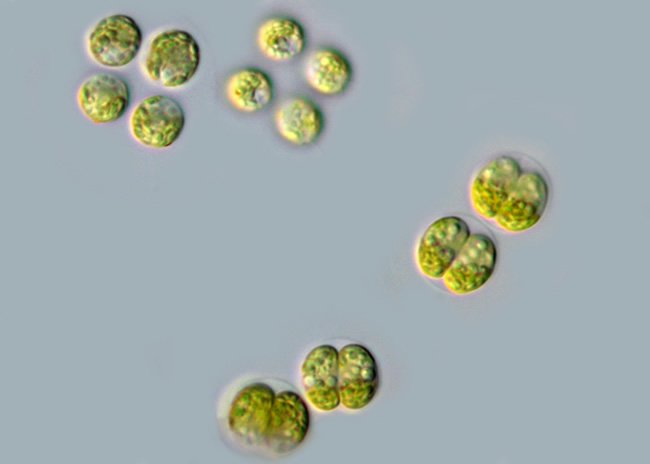
- Pairs of pseudoflagella present.
- Non motile i.e. no flagella available.
- Isogamous type (gametes are identical in shape and morphology) of reproduction is seen.
- Thallus is palmelloid type (cells are aggregated within a common mucilagenous envelope).
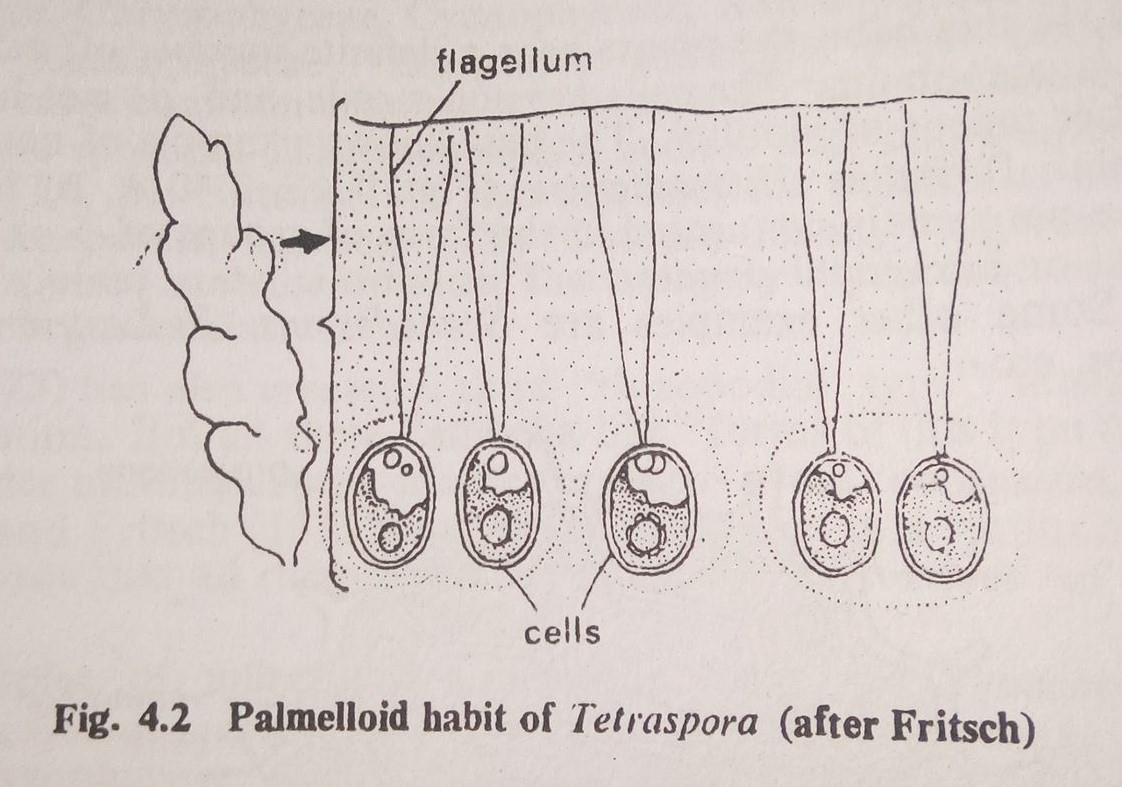
Palmella miniata
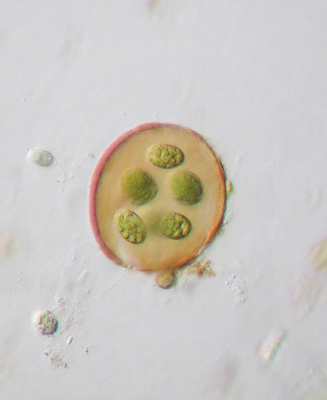
- No Pseudopflagella.
- Coloniality present.
Palmodictyon

- Coloniality lost.
Geminella interrupta
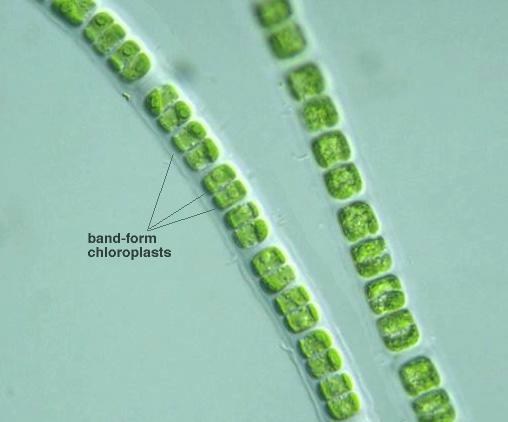
- Uniseriate.
- The cells are not united.
Geminella minor
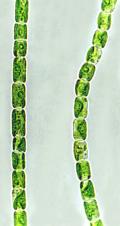
- Uniseriate.
- The cells are united.
Ulothrix
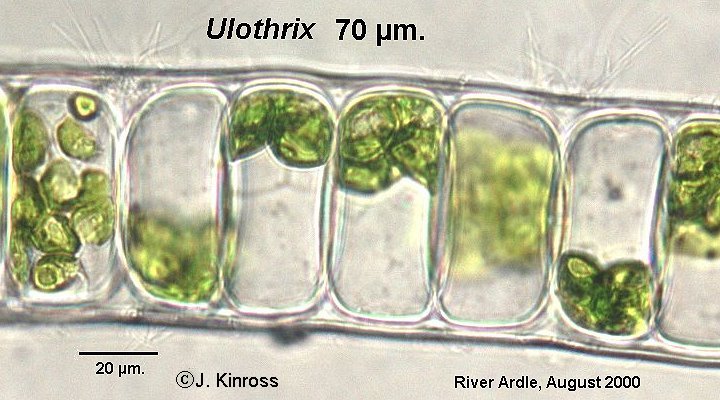
- Attachment to the substrate if present.
- Row of cells are present.
- Whole structure is filamentous in form.
(Ulothrix to Ulva rigida)
Ulothrix → Schizomeris → Monostroma → Ulva rigida
Schizomeris
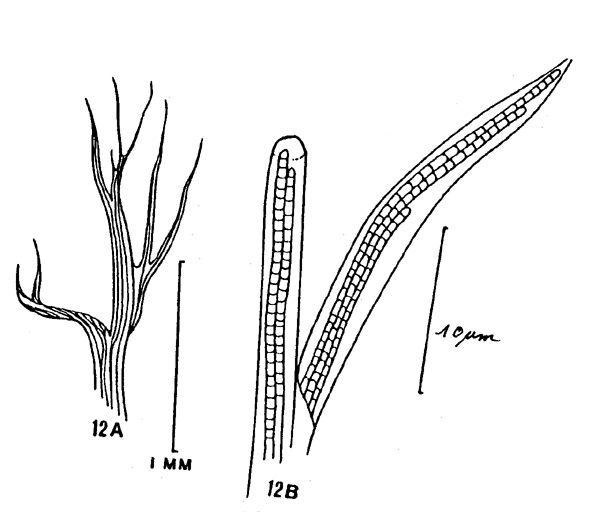
- Multiseriate.
- Transverse division and longitudinal division.
Monostroma
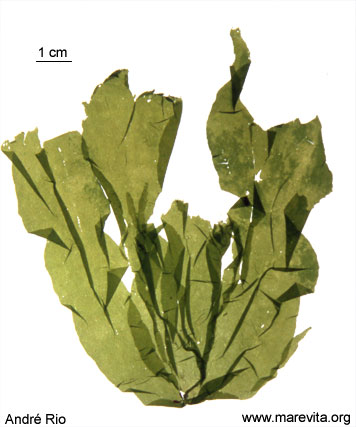
- Leaf like.
- Single row of cells.
Ulva rigida
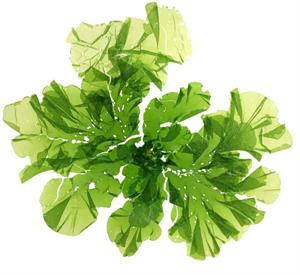
- Double row.
- Well developed parenchymatous thallus.
- Commonly known as ‘sea lettuce’.
- The thallus is narrowed to form a short basal stalk
(Ulothrix to Stigeoclonium)
Ulothrix → Cladophora → Stigeoclonium
Cladophora
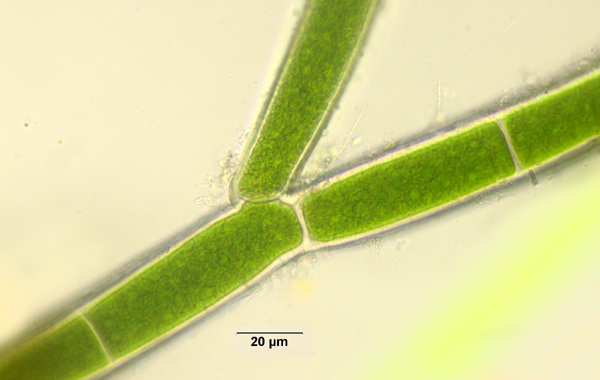
- Branched.
- Attached to the substratum by rhizoidal branches arise from basal part of the plant.
Stigeoclonium
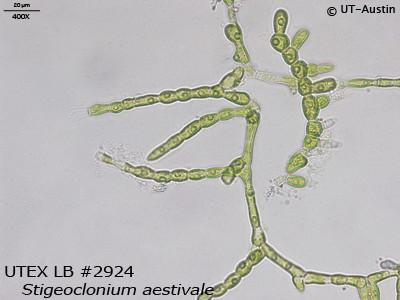
- Heterotrichous. Both prostrate and erect branches.
- No rhizoid.
- Land plant origin.
(Stigeoclonium to Chara)
Stigeoclonium → Draparnaldia → Drapaenaldiopsis → Chara
Draparnaldia
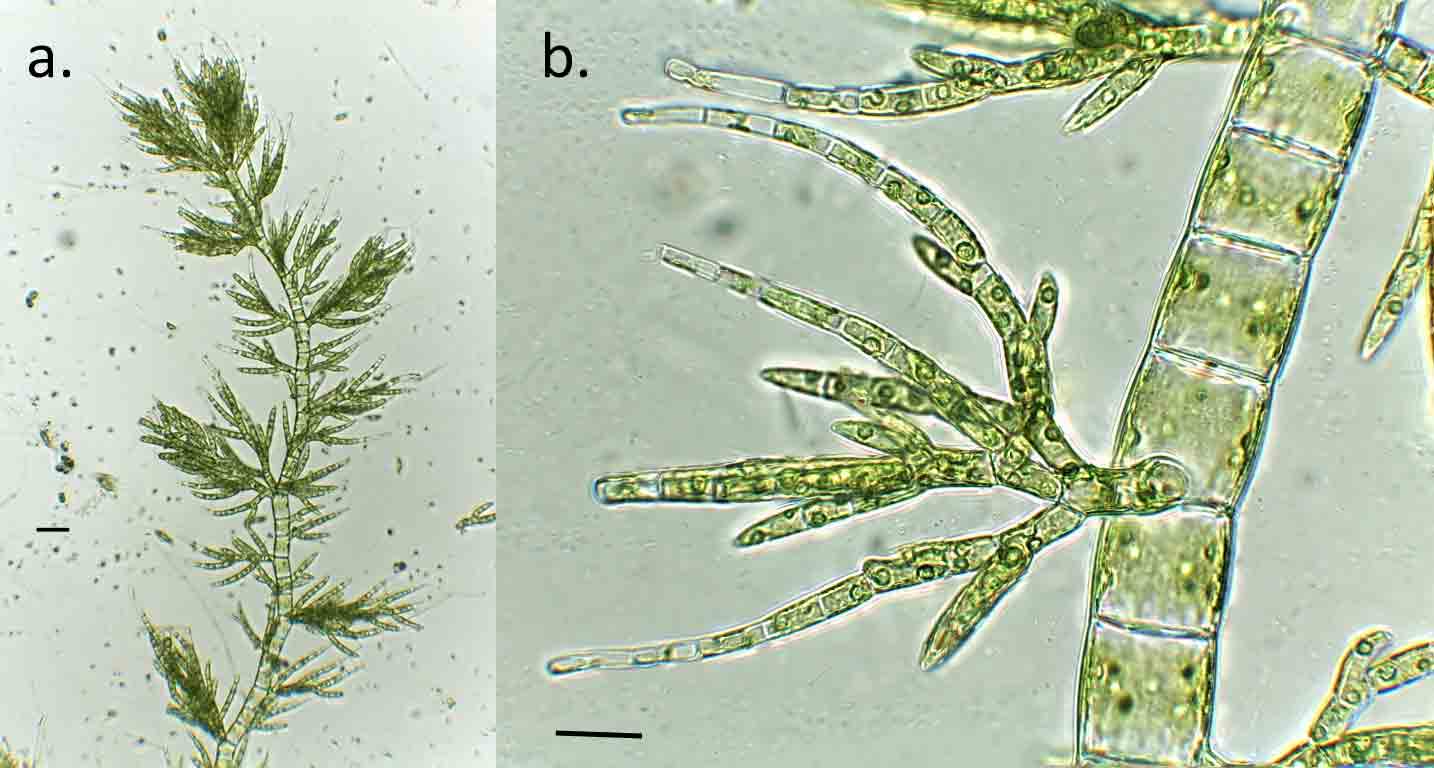
- Branch from upper part.
- Re-branching.
- Main axis present.
- Node present.
Drapaenaldiopsis
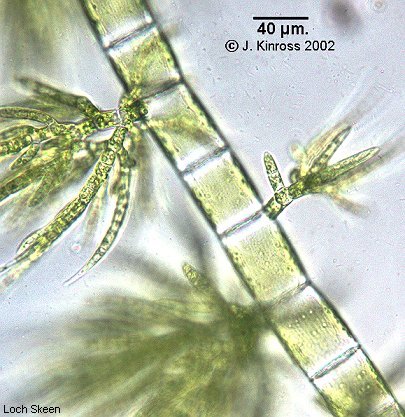
- Nodal cell (Short cell).
Chara
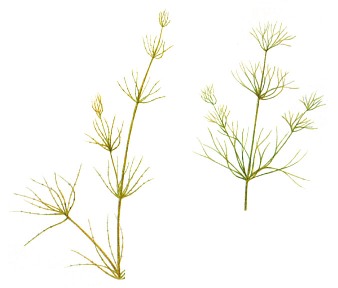
- Plant body is macroscopic and well branched.
- Body is differentiated into rhizoids and main axis.
(Stigeoclonium to Choleochaete)
Stigeoclonium → Choleochaeta
Choleochaeta

- Sterile jacket layer present.
- Prostrate system: Highly developed and became thallus.
- Erect system: Didn’t develop and became hair.
- Grow on moist soil surface.
- Epiphytic to other aquatic plants.
(Stigeoclonium to Frischiella)
Stigeoclonium → Fritschiella
Fritschiella
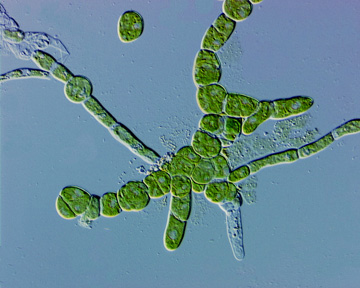
- It is either amphibious or terrestrial.
- The thallus is differentiated into four systems namely the rhizoidal system, the prostrate system, the primary projecting system, the secondary projecting system.
- The cells of prostrate system do not have well-differentiated chloroplasts, but those of primary and secondary projecting systems have a curved plate shaped or parietal chloroplasts with many pyrenoids.
The above algal points provide with some short introductory features of each algae. Here the characteristics written in the next algae are referred superior or advanced to the characteristics of the former. Such as, coloniality present in Palmella miniata is a primitive character whereas coloniality is absent in Palmodictyon which is advanced.
Though these phylogenic or evolutionary trends are based on morphology and reproduction, recent studies have shown light on the biochemistry and cellular level study to understand the phylogeny (Pickett-Heaps and Marchant, 1972; Frederick et al., 1973 and many others). And it is true that this later trend is also likely to be changed through many more researches. Perhaps owing to a similar reason Chapman and Chapman (1973) have rightly stated that –
”Any evolutionary scheme, however, can only be regarded as tentative”
Source:
- Textbook of Algae – O P Sharma
- plankton.image.coocan.jp/c_algae2_11_04.html
- Plamella miniata – http://bernhard-lebeda.de/coppermine/displayimage.php?pos=-188
- Palmodictyon – Y. Tsukii from Protist Information Server
- Geminella interrupta – protist.i.hosei.ac.jp/PDB/Images/Chlorophyta/Geminella/sp_6c.html
- Schizothrix – sketch by Seaburg et al (1979) from the collection of Manfred Bölter, University of Kiel, DE
- Ulva rigida – http://algaessence.net/aboutseaweed.aspx
- Cladophora – http://cfb.unh.edu/phycokey/Choices/Chlorophyceae/filaments/branched/CLADOPHORA/Cladophora_Image_page.html
- Draparnaldia – https://microscopesandmonsters.wordpress.com/tag/draparnaldia/
- Chara – http://istudy.pk/chara/
- Fritschiella – http://fmp.conncoll.edu/Silicasecchidisk/LucidKeys3.5/Keys_v3.5/Carolina35_Key/Media/Html/Fritschiella_Main.html
- Featured image source – https://www.123rf.com/profile_buccaneer
Best safe and secure cloud storage with password protection
Get Envato Elements, Prime Video, Hotstar and Netflix For Free
 Plantlet The Blogging Platform of Department of Botany, University of Dhaka
Plantlet The Blogging Platform of Department of Botany, University of Dhaka
